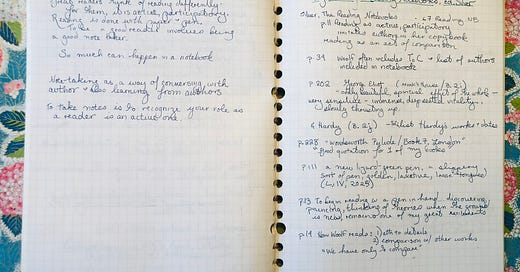Of course, Noted’s readers are amazing note-takers! I loved reading your comments to Monday’s post on how we organize quotations—it’s a goldmine of brilliant ideas for storing and organizing information.
As of today (Wednesday), here are the poll results:
I’ve summarized what I learned from your comments in this post’s “Notes on Our Notes” at the end.
Keep reading with a 7-day free trial
Subscribe to Noted to keep reading this post and get 7 days of free access to the full post archives.





